Circulation of drinking water
How to get drinking water from the sewer. The city's water cycle.
Have you ever wondered where the water came from your home or apartment? Ordinary tap water from the tap. And where did all the dirt go? So you went to the toilet, drifted after yourself and where did it all go? You will not believe it, but all these dumps return to you in the form of clean drinking water from the tap. But let's get it all done
Many know the basics of the hydrological cycle or, as it is also called, the water cycle in nature - condensation, precipitation, transport and evaporation. These processes are conducted on a global scale and under natural conditions. But on a local scale and in a engineering environment, such as a city, another cycle dominates: the urban water cycle.
For the first time in history, more than half the world's population lives in cities. And in the US, for example, this figure is already 80%. The world continues to be in urbanization, and by 2050, 70% of the population is already living in the city. Providing safe and reliable water for urban dwellers will be the cornerstone of the 21st century.
Water, of course, is part of everyday life, from drinking water, cooking and washing dishes to washing and disposing of biological waste in toilets. It is also the largest mass flow to the cities, it's more than food, goods, passengers or whatever. Just as water circulates in the global hydrological cycle, the water in our cities flows in the urban water cycle, one of the fundamental systems of the modern world.
Many freshwater sources are in the environment in sources that arise as a result of geological and meteorological phenomena. Surface water, such as lakes, ponds and rivers, is the most important and often used for public water supply. Groundwater, which exists almost everywhere at a certain depth, can be extracted in wells and artesian wells. The choice of water sources depends on many factors, including quality, accessibility, closeness, economy and legal issues.
To make water suitable for human use, it should be treated to remove contaminants and pathogenic microorganisms. Enough water should be cleaned and disinfected. At a basic level, disinfection is necessary for the destruction of harmful microorganisms. Improved cleaning includes screening sequences, sedimentation, filtration, disinfection and chemical adjustment of the water composition.
After treatment, water is thus distributed to consumers through pipes, pumps, valves, and pressure tanks. Although much of this infrastructure is underground and invisible, it is an important system that ensures universal access to drinking water.
So, purified drinking water has reached your home on a water pipe. What happens after that, after use? Let's consider step by step.
Step 1. Return water to the drain
When you wash dishes and dishes, wash, bathe or wash, and use the toilet, the drinking water you use falls into the sewer pipe and through it - into the city sewer.
By the way, along with your urine and dirt a few quarts of pure drinking water is being poured into a toilet bowl. And all this turned into dirty dirt. The typical urban wastewater flow is more than 99% water and less than 1% of solid waste.
Stage 2. Pre-filtration of waste water
Wastewater from urban waste collectors arrives at a cleaning station using a series of basins and screens to filter suspended solid waste. The heavy particles descend to the bottom of the deep basin, while the upper layer flows further into the next pool.
Sometimes chemicals are used to better bind solids. This allows the deposition of smaller suspended particles.
Stage 3. Purer biological purification
Moving from particulate matter and suspended matter, water enters the reservoir with active sludge. "Active mud" sounds unpleasant, but this turbid mixture of bacteria actually helps destroy organic contaminants. After mud, pure water is obtained, which can already be used for technical purposes, for example, for irrigation or in water cycle production. But, you can not drink this water yet.
Stage 4. Final cleaning
At the final purification step in water under pressure passes through a fine filter, usually the membranes are very small pores that they can only pass through the H 2 O molecule.
This process is called reverse osmosis, Pure and makes water suitable for drinking.
Stage 5. Return to nature
But, people do not like the idea of drinking urine that is recycled, so now the water is purified back into the natural pond to mix with rainwater and river water.
It can stay there indefinitely, mineralized by rocks and pass through the natural filtration process until it falls back into the water intake.
Step 6. Speaking in the water pipe
After settling in the reservoir, which lasts for an unknown time, water requires another round of filtration before it can safely be removed again.
Then disinfected, usually using a means such as chlorine, which kills germs. As a result, water re-enters the water pipe and pours through your faucet into the glass, so you drink and after some time drain the liquid into the toilet, start a new urban water cycle.
I created the image through the following app :


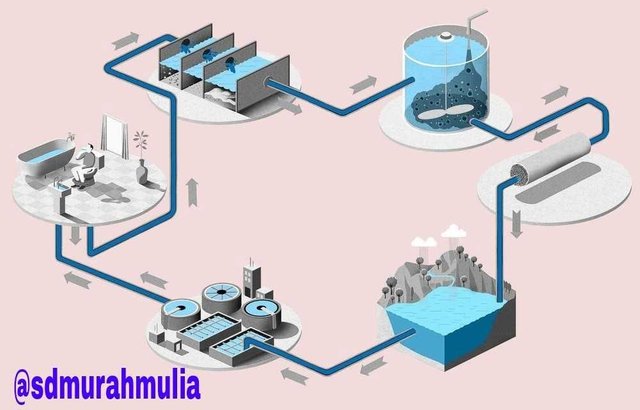
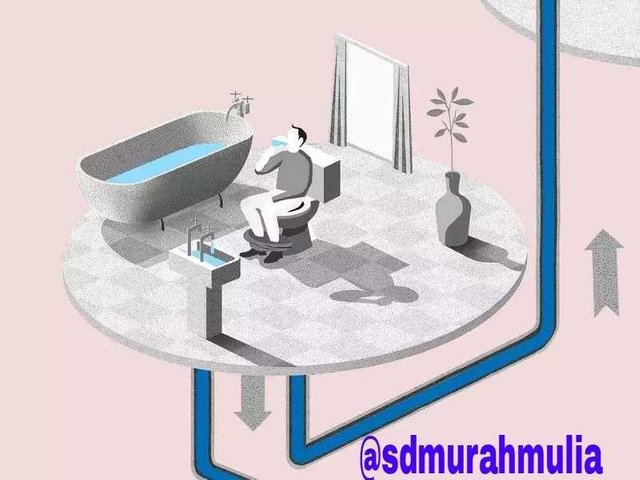
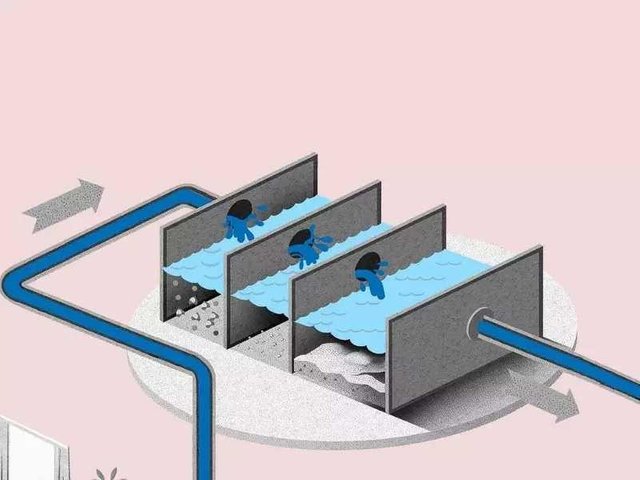
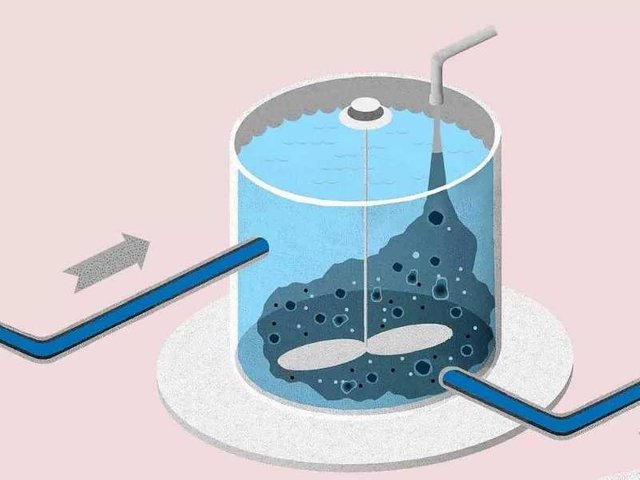
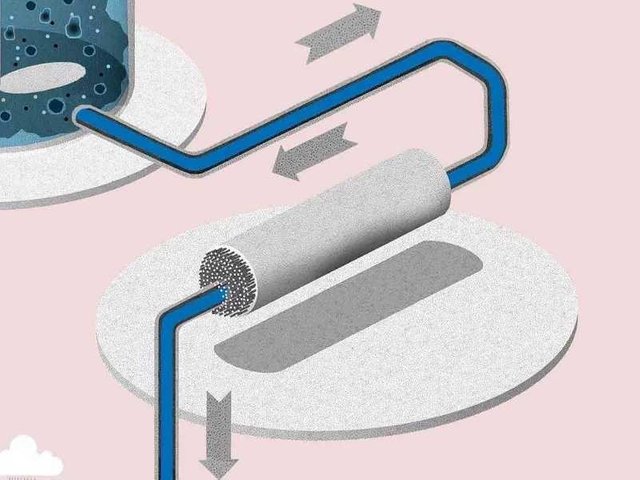
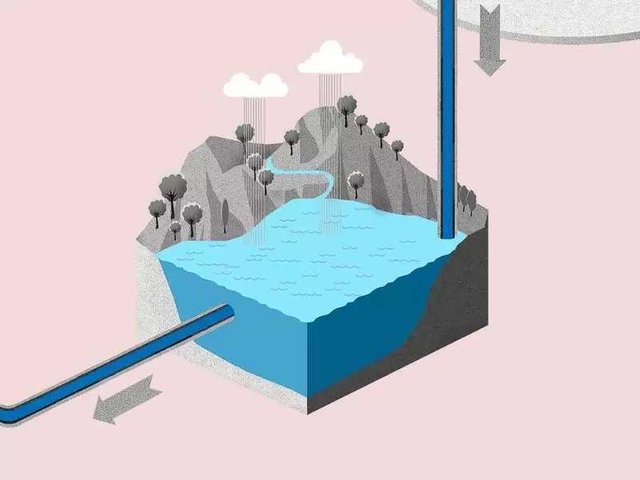
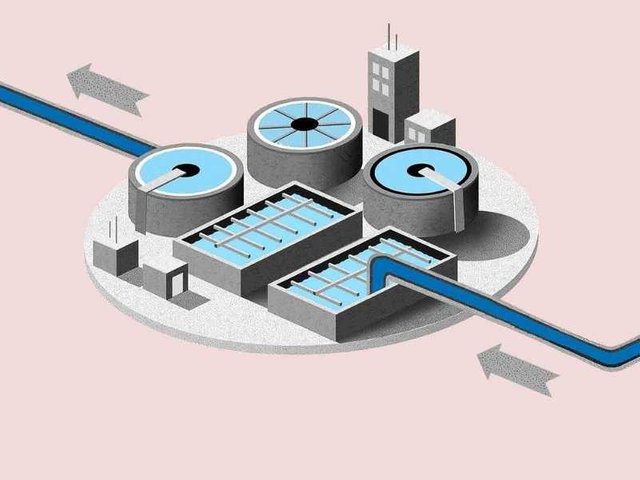
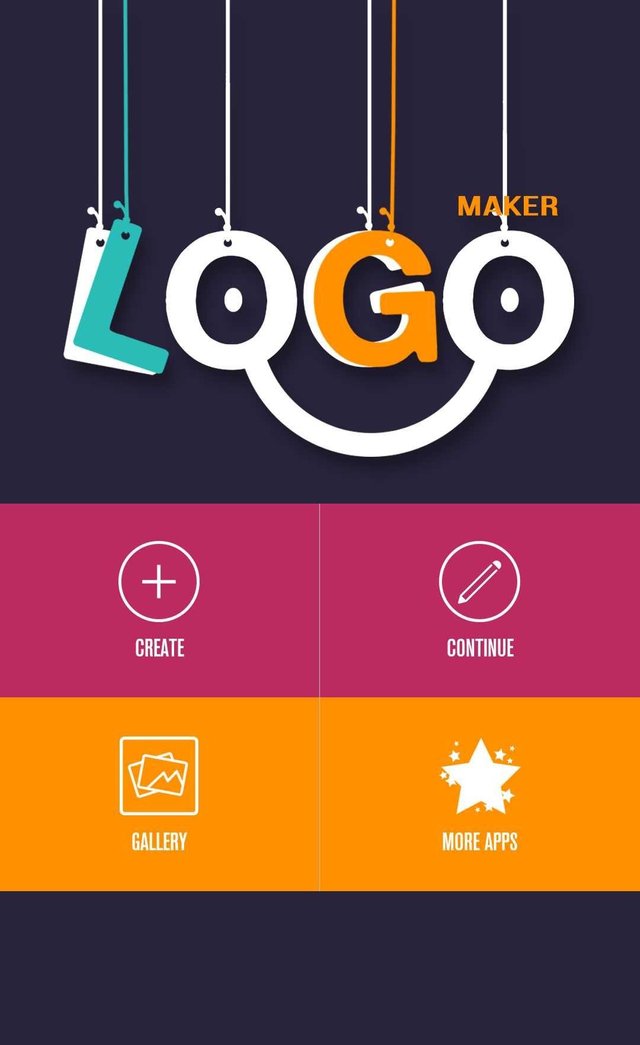
Very nice, I have just written an article about water and sewage :D
Could you please source your text and pictures? Because of the rewards system, the only way that SteemSTEM can legally offer a vote is if the text and pictures are original or free to use. Are the pictures yours?
That's a picture of mine, I made it through the app on my hp.
It's an app:
You created all the images yourself? I mean, it seems like it, based on your watermark on them but it would be useful to officially hear that from you.
Resteem bot Service! Promote Your New Post.Find New Freinds - Followers - Upvotes. Send 0.400 SBD and your post url in memo and we will resteem your post to 9000+ followers from two different account.@stoneboy and @vimal-gautam.
Very good, you are very good, work here ,,,
Waooiiww, the bests, ,,,,,,
In the best my freind .....
Very good post kawa, I really like it.
Congratulations! Your post has been selected as a daily Steemit truffle! It is listed on rank 3 of all contributions awarded today. You can find the TOP DAILY TRUFFLE PICKS HERE.
I upvoted your contribution because to my mind your post is at least 19 SBD worth and should receive 113 votes. It's now up to the lovely Steemit community to make this come true.
I am
TrufflePig, an Artificial Intelligence Bot that helps minnows and content curators using Machine Learning. If you are curious how I select content, you can find an explanation here!Have a nice day and sincerely yours,

TrufflePig